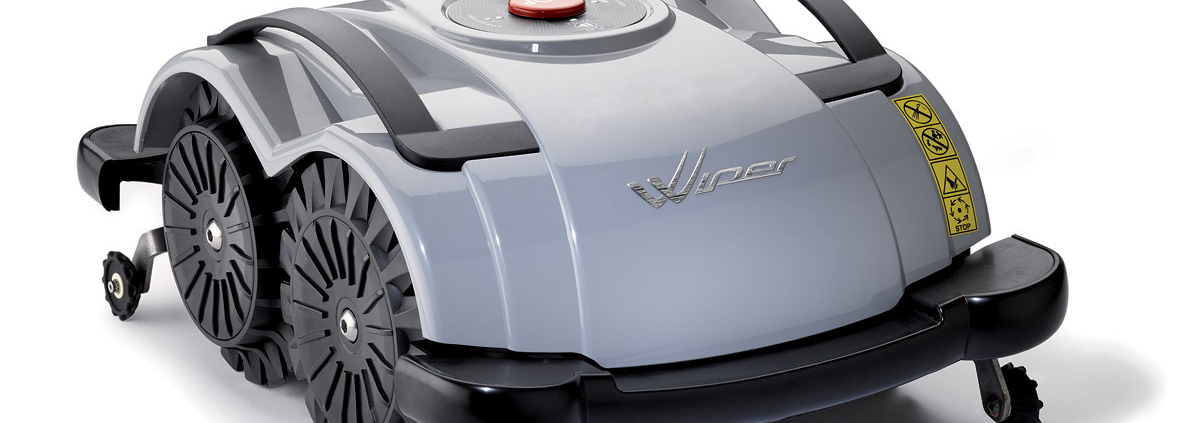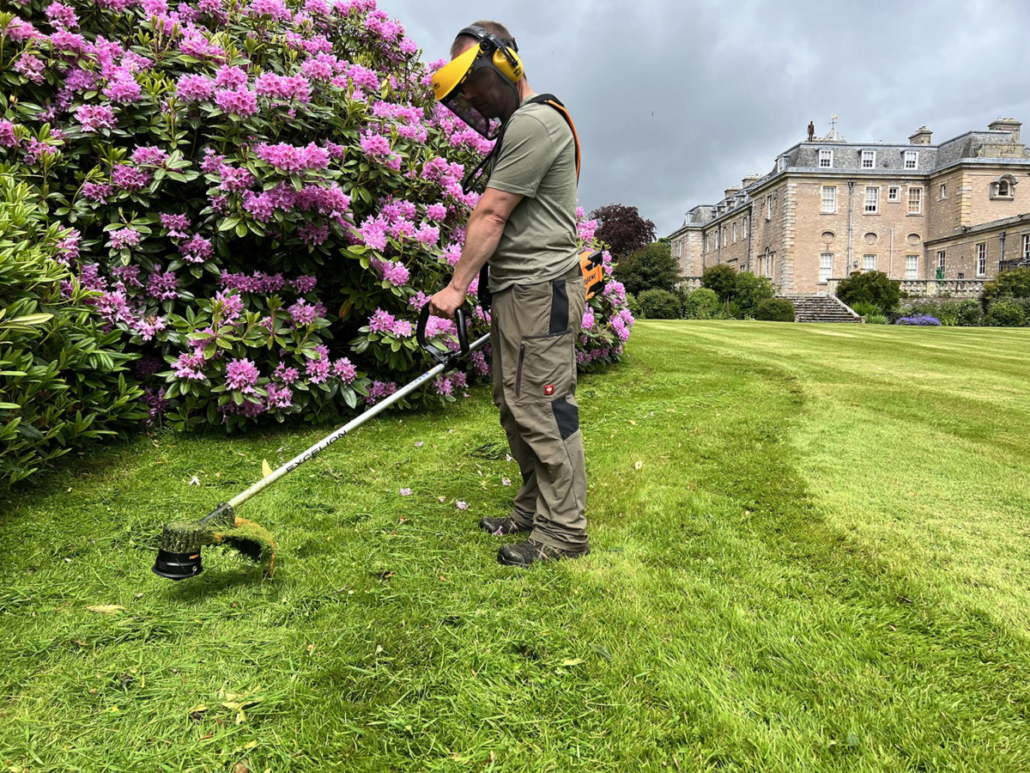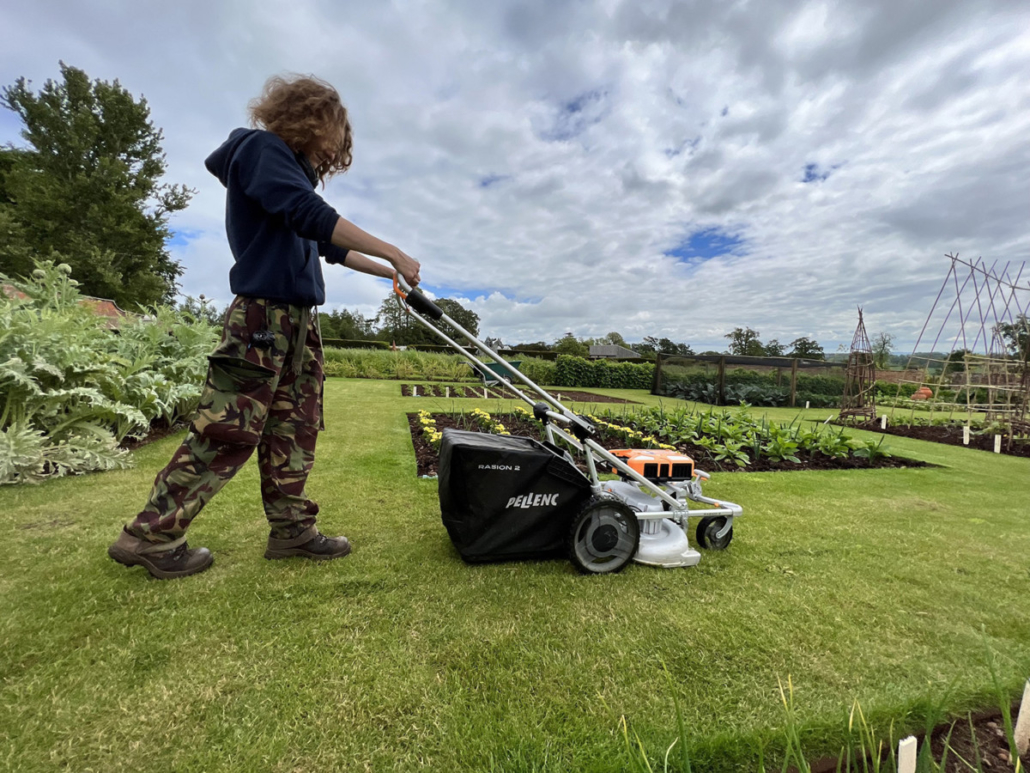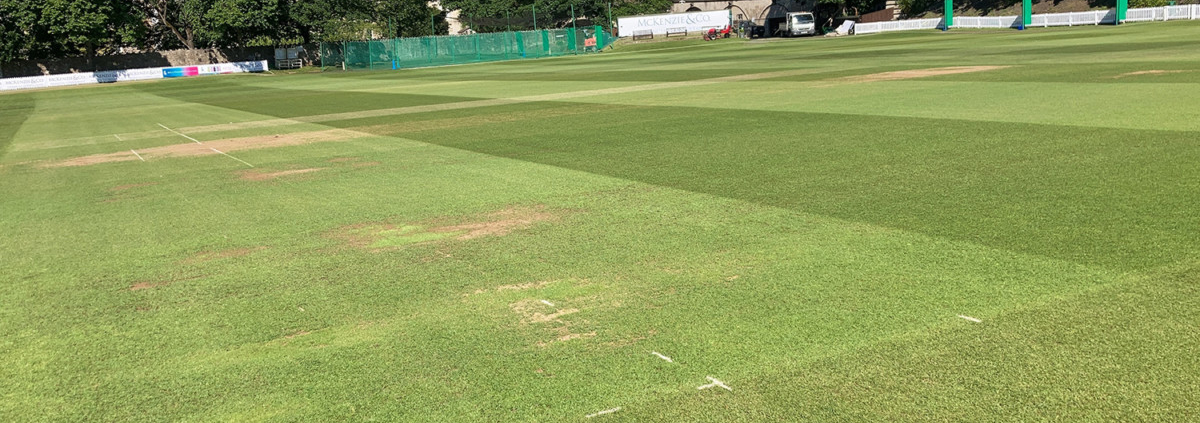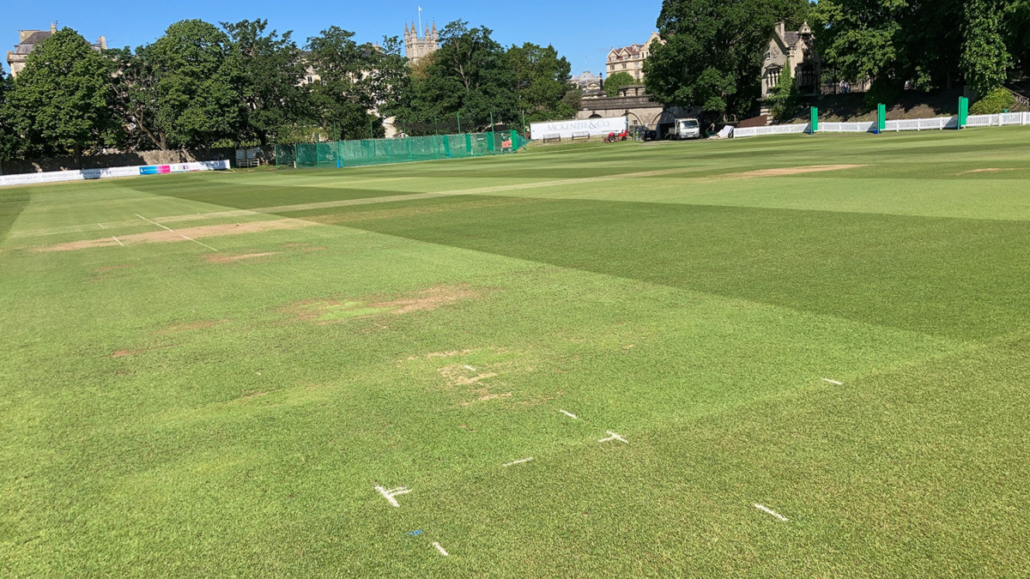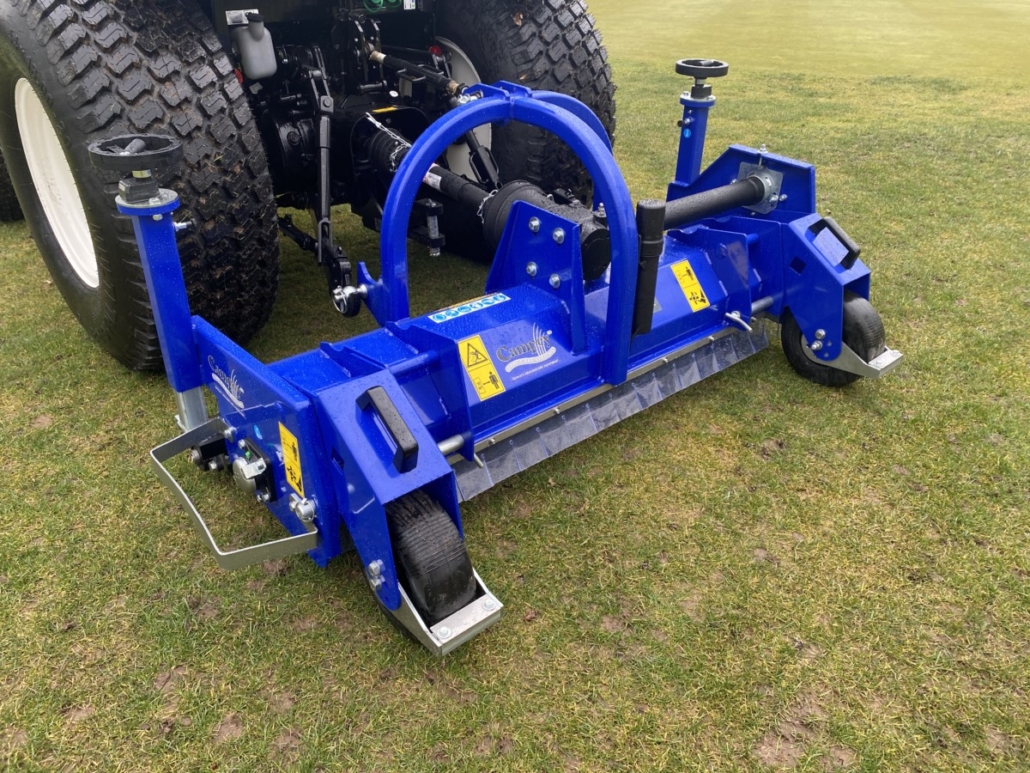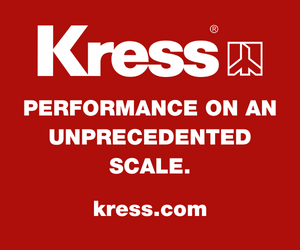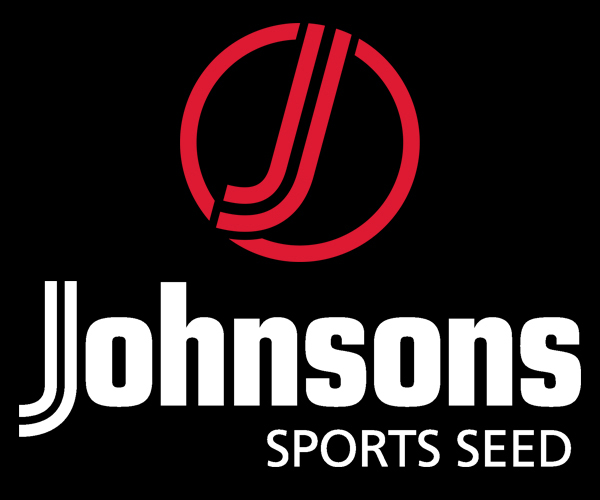Register for SALTEX for the chance to win a robotic mower
Register for SALTEX for the chance to win a robotic mower: For the chance to win a robotic mower worth over £1000, simply register and attend this year’s SALTEX taking place at the Birmingham NEC on 2-3 November.
Ahead of Europe’s largest sports turf, amenities and landscaping trade exhibition, SALTEX, opening its doors for the 76th time in November, show organisers at the Grounds Management Association are delighted to announce that they have partnered with DANARM to offer one lucky person who registers and attends the show the chance to win the Wiper Blitz XH2, the latest in robotic mower technology.

Register for SALTEX for the chance to win a robotic mower
With technology and environmental issues top of the agenda at the 2022 show, Sarah Cunningham, director of commercial and events at the GMA, says joining up with DANARM to offer those who register a chance to win this innovative mower that retails at £1,049.00 was a logical fit: “Attending SALTEX is all about discovering the emerging and progressive technologies in the industry and this mower from DANARM fits those criteria. To be able to give one away is a real draw for those who register. It’s free to register, only take a few minutes and if you don’t win, you’re guaranteed an informative and valuable day out. It’s a win/win situation.”
The winner can be assured of a prize that is little to no hassle – there’s no oil to change, gas to refill or plugs to replace. With such little maintenance, mowing is as easy as pressing the on button. Plus, fall-stair detection sensors detect if the Wiper Blitz XH2 is approaching a step or sudden fall, so there’s no need to worry about it getting into trouble.
To be in with the chance of winning this latest robotic mower technology, simply register for SALTEX by Friday 21st October 2022 and attend the event – https://www.saltex.org.uk/saltex-2022-visitor-registration-competition
For the latest industry news visit turfmatters.co.uk/news
Get all of the big headlines, pictures, opinions and videos on stories that matter to you.
Follow us on Twitter and Instagram for fun, fresh and engaging content.
You can also find us on Facebook for more of your must-see news, features, videos and pictures from Turf Matters.

